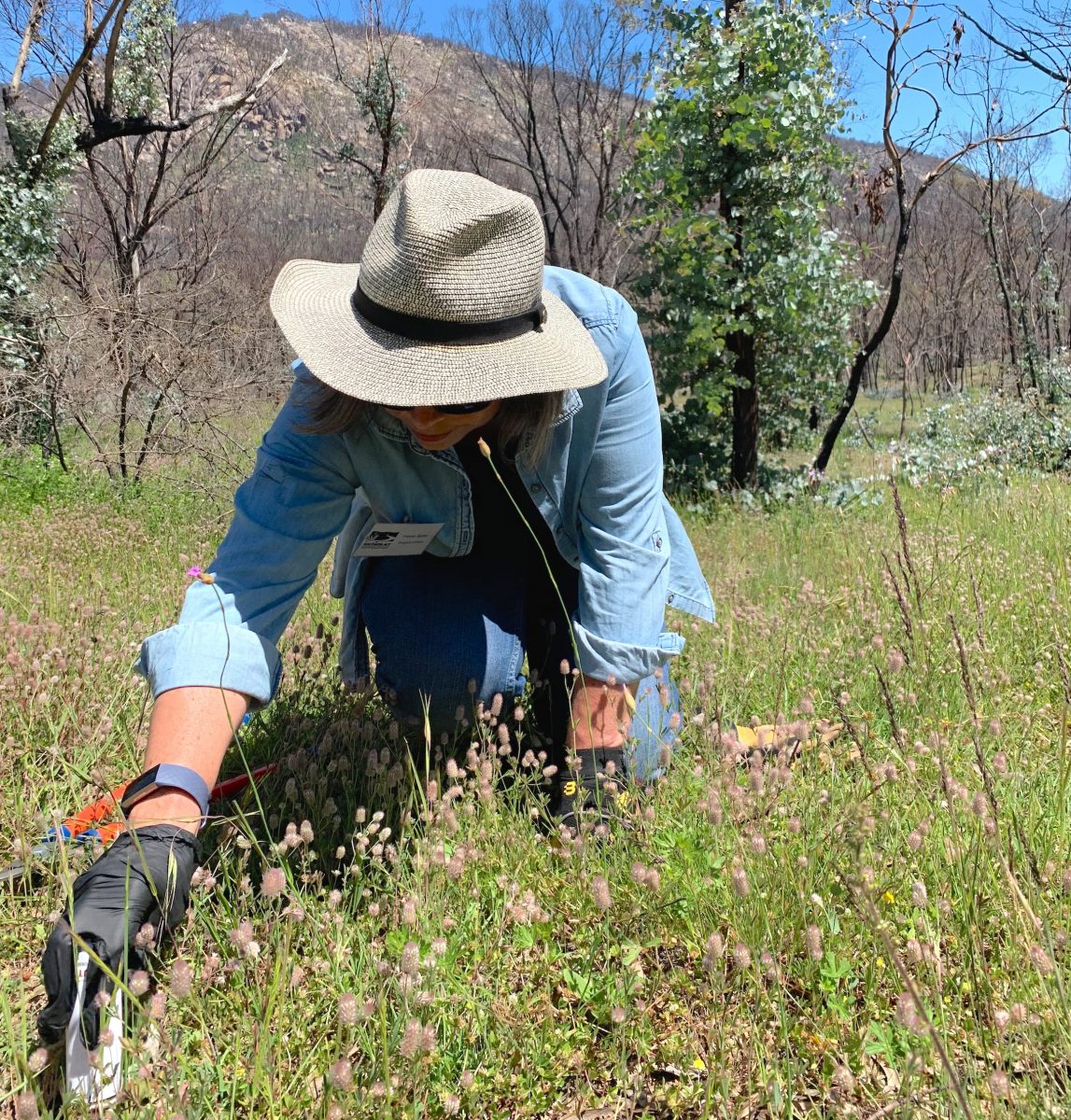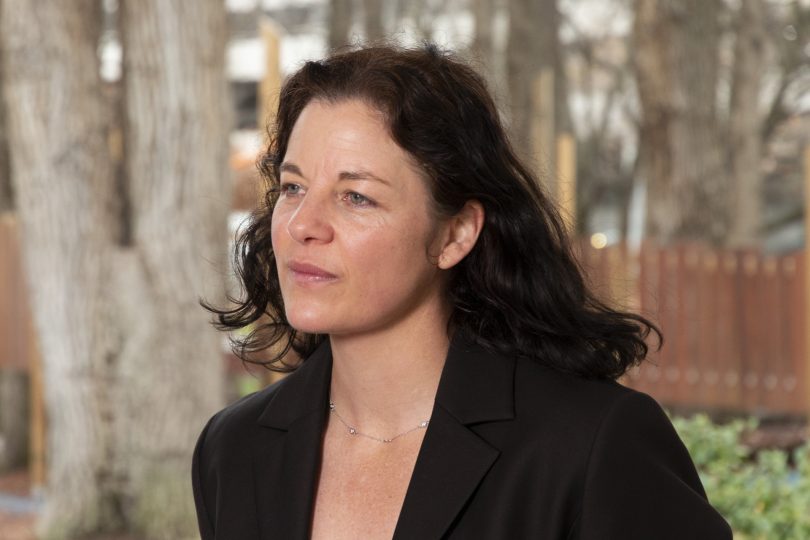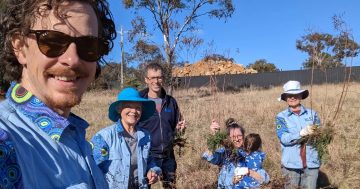
Landcare ACT volunteers are calling for less mowing in areas where they’ve been at work replanting and building habitats for native plants and wildlife. Photo: Landcare ACT.
Mowing is a hot topic in the ACT, especially in wet years.
No sooner does the rain dry on the ground than scores of Canberrans come out to complain of long grass making their local sportsgrounds unusable or blocking the view when they are in their cars as it grows wild on roundabouts and verges around town.
In fact, so irritating is the grass that it topped the list of issues lodged with the government on the Fix My Street portal in the 2021 calendar year.
In response to this, the government announces more money and more resources. Most recently, Minister for Transport and City Services Chris Steel said $1.2 million would be allocated in the upcoming Budget to pay for 10 new staff across three mowing teams.
But more mowing isn’t what everyone is calling for.
In some cases – and some spaces – volunteer land carers would like to see the complete opposite.

ACT Greens MLA Jo Clay will move a motion in the ACT Legislative Assembly next week calling for conservation areas to be better protected from mowing. Photo: Region Media.
These volunteers are concerned that over-enthusiastic government-contracted mowers sometimes mow grasslands and conservation areas where they’ve actually been working to plant more native species.
Not only are the volunteers having their work undone, they say this kind of overzealous mowing can put animal and plant species at risk by spreading invasive weeds.
These concerns have been listened to by ACT Greens crossbencher Jo Clay who will next move a motion in the ACT Legislative Assembly calling for better protection of conservation areas.
Ms Clay said better communication, increased signage and community education would make a big difference.
She used Emu Creek behind Renny Place in Belconnen – which is looked after by Landcare volunteers – as an example of where this lack of communication had led to new plants being unintentionally mown over by government contractors.
“This not only kills the plants but can kill wildlife too. Grass clippings sometimes get sent into our waterways. Mowers can also spread weed seeds, further degrading our grasslands,” Ms Clay said.
“My motion calls on the ACT Government to work more closely with its mowing contractors and to connect with our volunteer land carers to ensure our conservation areas are protected. It’s also about community conversations about the importance of Canberra’s grasslands and wildlife,” she said.
“As pressures on the environment increase, we need to make more [space] for wildlife in our urban areas, and we need to look after them.”
Ms Clay was clear that what she isn’t calling for a complete stop to mowing across Canberra entirely.
She said she’d already had a good discussion with Mr Steel and the pair had agreed there were areas in the Territory that needed more mowing, some which needed some care and others which could be left alone.
The motion will be moved in the Territory’s Legislative Assembly next week.
















